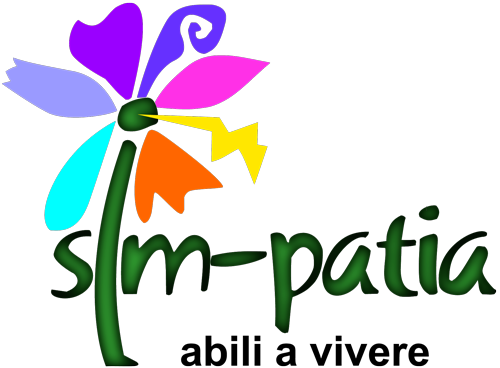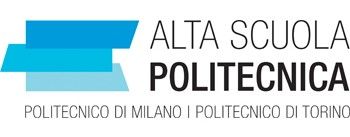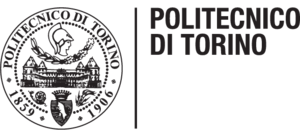SMILE with Sim-patia
SMILE with Sim-patia is a prototype of a communication system for the differently abled. Sponsored by Telecom Italia, Pirelli Labs and Alta Scuola Politecnica.
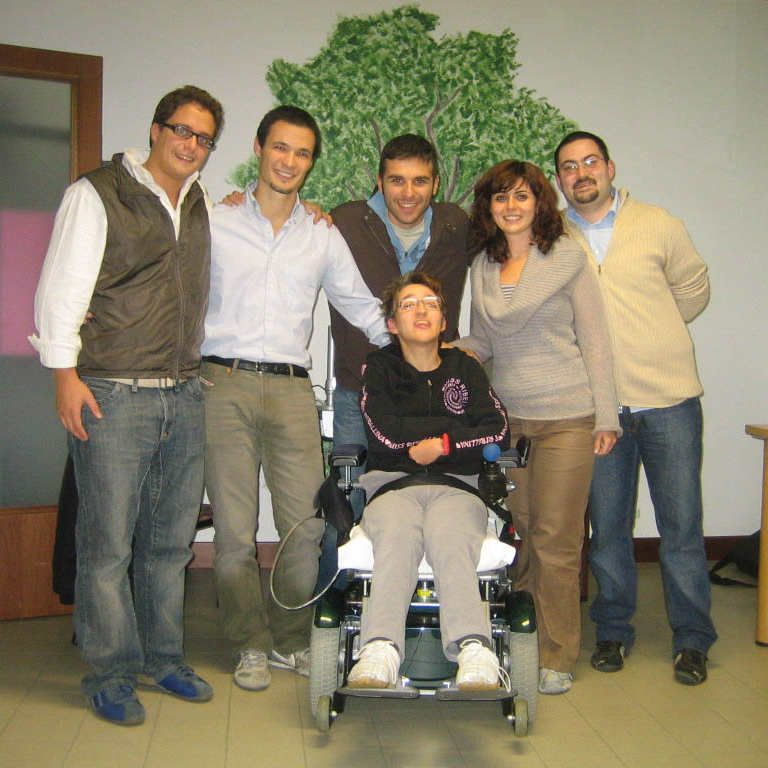
Sim-patia is a residential home located near Como (Italy), offering accommodations, primary and rehabilitation services for differently abled people with both physical and cognitive problems. Residents of Sim-patia come from different—often quite far—cities. Therefore it is not possible for relatives and friends to visit frequently. Similarly, primary care doctors exercise their profession at their city’s main hospital, so they cannot always be present at the structure too.
To improve the social life of its residents, Sim-patia embraced the Internet and Internet-based communication tools–at the time, mainly Messenger and Skype. Unfortunately, their adoption was quite low due to guests’ physical limitations and IT illiteracy.
The vision for the project was to enhance residents’ life by designing a communication system tailored to their needs: this meant to completely re-design the entire experience, from the user identification process and the interaction tools to the application User Interface (UI).
User-Centered Design (UCD) process
The first visits to Sim-patia were used by the team to see how residents lived, what were the available IT assets as well as to individuate some potential candidates among the patients to include into an extended, cooperative and multidisciplinary development team. To understand users’ needs we scheduled meetings, interviews, surveys and focus groups with users, managers and employees. We also did ethnographic observations of patients during their usual routine by taking videos, photos and notes.
The team generated several personas and use cases to describe how the whole experience could take place and ranked them based on several parameters such as their impact on residents’ life, how they would fit into the existing structure, their cost and their feasibility. Video communication was the most important—and highly requested—feature, hence the whole application was built around the Skype API. The Skype application available at that time did a good job as far as handling the technical aspect of the video communication, but we needed to create a new UI suitable for the intended audience.
To pick the best UI we interviewed potential users and executed several “Wizard of Oz” experiments where residents interacted with manually operated prototypes of the potential UIs. Eventually the team’s effort converged to an extremely simple and clean interface: only one button is used to interact with the software; the most called contacts are shown one at the time in a carousel-like type of graphic. Once the contact is picked, the video-call starts; another press of the button will terminate the call.
As far as the physical interfaces are concerned, the first prototype utilized a simple large touch button but the hardware is compatible with any interface generating digital on/off type of signals (Sim-patia residents use a vast range of tools to operate computers; some, for instance, did so by using a device measuring the cheek’s movements).
Results
The project was developed from a technical, economical and social point of view. A working prototype was assembled and tested in Sim-patia with good results.
In a place where communication is vital, the project “SMILE with Sim-patia” proved that wideband Internet applications represent a viable solution to improve the life of some of the less fortunate member of our community.
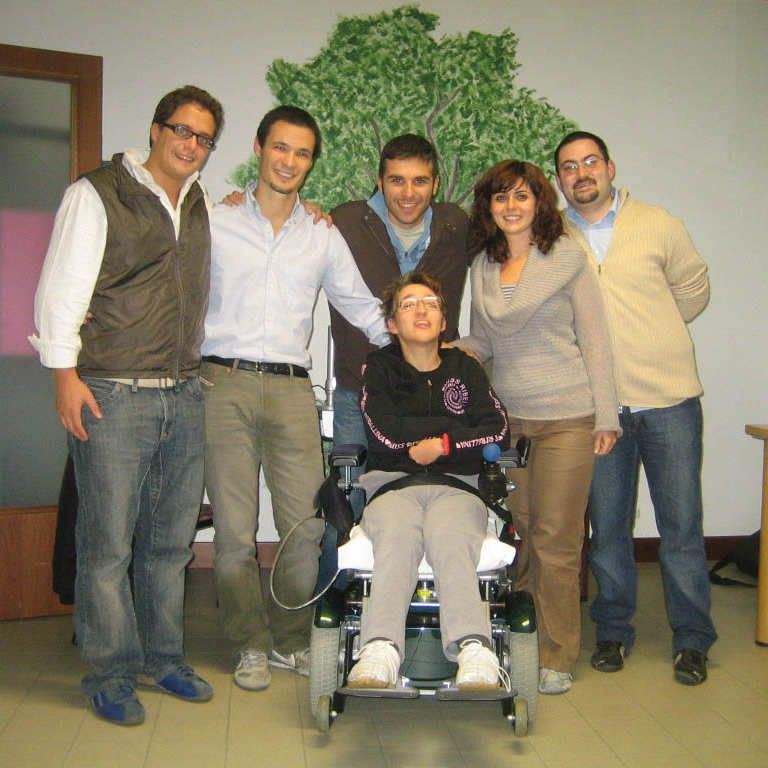
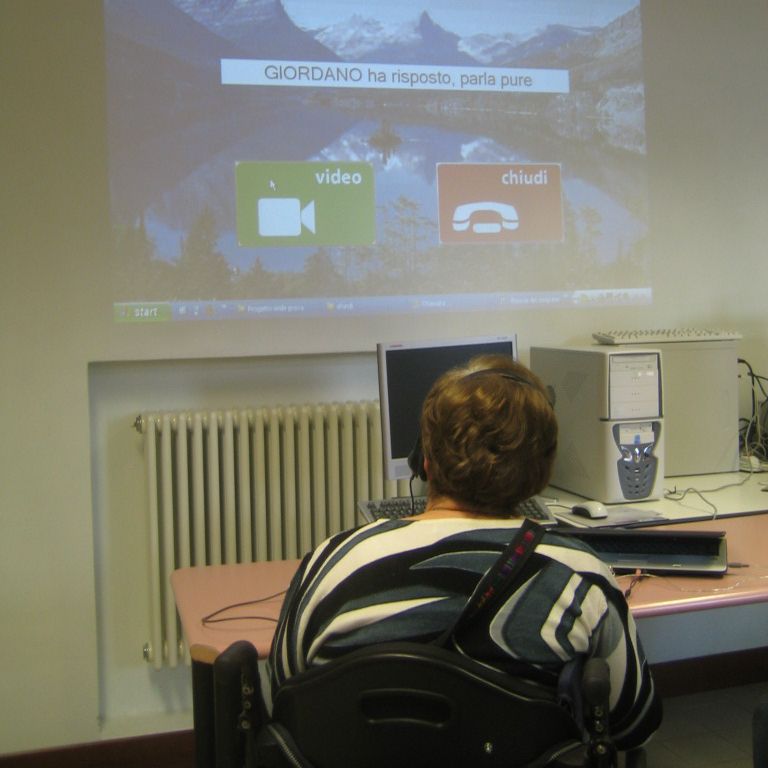
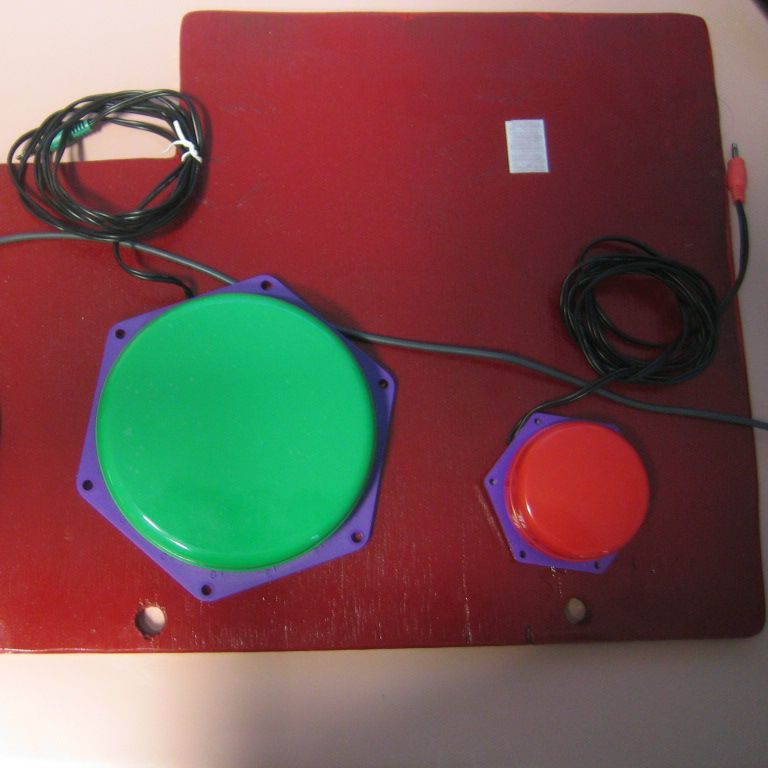
Information
The project was completed in 2007 as part of the Alta Scuola Politecnica (ASP) curriculum. ASP is an excellence school for top 150 students enrolled in Master of Science programs in Engineering, Architecture and Design at Politecnico di Milano and Torino. ASP’s goal is to complement the MSc education with additional courses focused on innovation and multi-disciplinary projects tackling real world complex problems.
Team members
Fabrizio Guerrieri, Donato Barbagallo, Giordano Brombin, Pietro Gazzano and Pelin Arslan.
Industrial and Academic Partners


